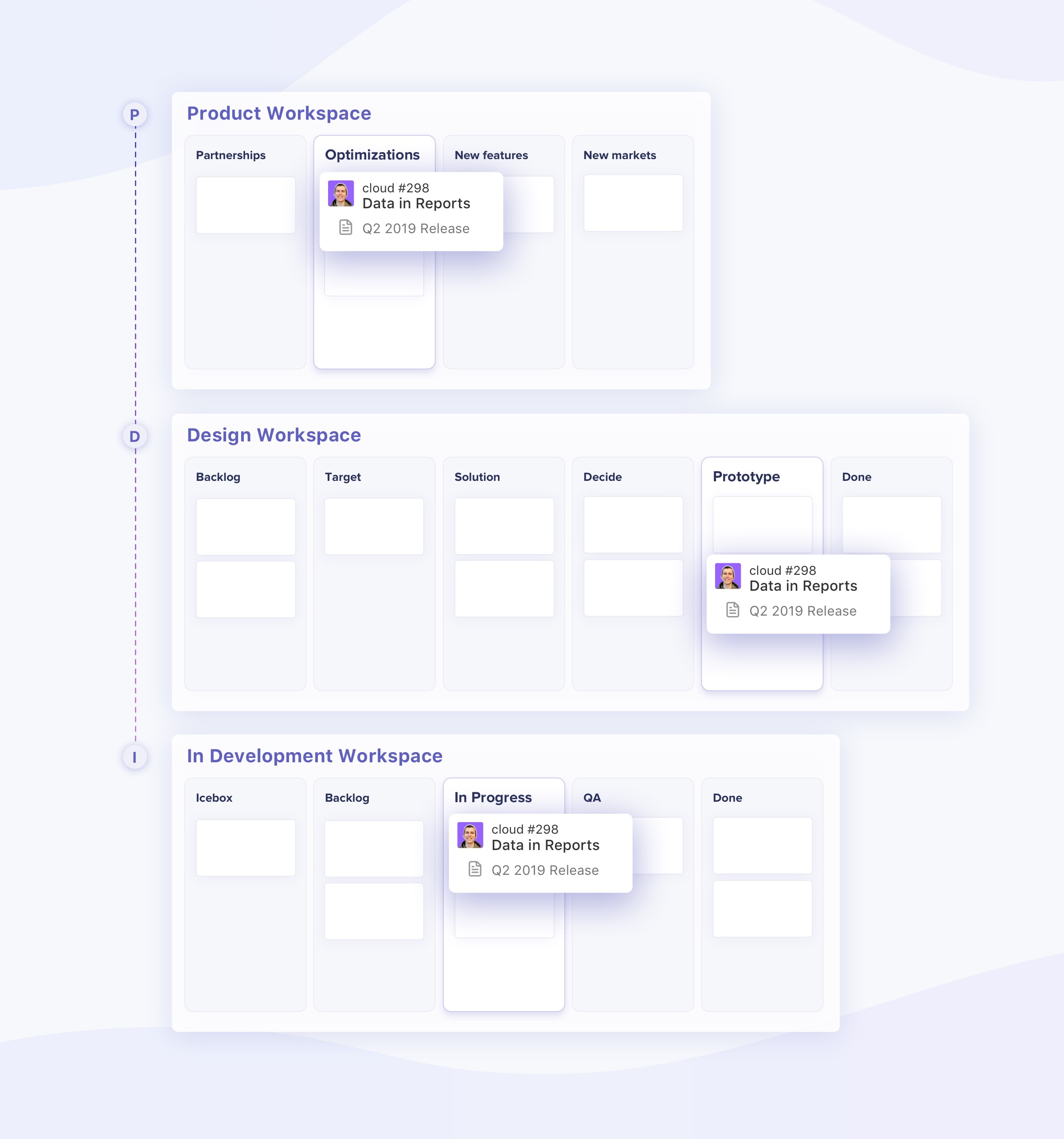

By tying application development to underlying infrastructure, GitHub and Terraform solve the provisioning challenge to keep developer velocity up and cloud costs down. While it is possible to meet this challenge by leaving instances active at all times, the better and more cost-effective solution is to make the infrastructure a part of the versioning process and add or remove resources on-demand. This presents a challenge for operations teams to have the required infrastructure ready at the time that it is needed.


#Github workspaces code#
Developers are now able to automatically integrate changes to code from anywhere, and then deploy those changes in any environment on demand. This speed is often a response to the velocity GitHub provides the development teams they serve. The only thing I had to do was to activate two screens in /boot/config.HashiCorp Terraform and GitHub’s integrations form the foundation for a DevOps workflow that moves at the speed your organization desires. The Mutter window manager provides the right hints to the Citrix workspace app.
#Github workspaces install#
So I did a re-install with the Raspberry Pi arm64 image Raspberry Pi OS (64-bit)Īnd also followed the steps to install the chromium armhf version to have support for streaming media that requiresĬompared to Buster the Bullseye release has matured a lot on the Raspberry Pi hardware. I don’t have a prove, but overall the 64bit version seems to behave a tinty bit “snappier” and there is of course Why arm64 and not armhf? Well there are some synthetic benchmarks in the net that show a performance benefit. + No more special configuration for gpu memory to prevent a memory leak + Bullseye comes with Pulseaudio support by default + Raspberry Pi OS is based upon Debian and thus supports the fantastic multiarch feature + the LXDE-pi desktop is sleek and nicely customized no optimization for realtime audio (Skype calls, etc.) multiple displays do not work with the Openbox window manager, thus at least a 2GB model is needed Bullseye – the new version of Raspberry Pi OS

+ multiple displays work out of the box in Raspberry Pi OS when it uses the Mutter window manager + can be downloaded as armhf Debian package for Buster on the Citrix website So wherever you see nano you can use a different editor. Configuration of Raspberry PI OS to be able to use a dual screen setup with the Citrix Workspace App.Install Citrix Workspace on Raspberry Pi OS arm64 release.Hardware echo cancellation and it is a lot better than the previous setup with pulseaudio.Īlso, the setup in buster is way more complicated than in Bullseye, even when using multiarch. I bought a second, more expensive speakerphone that supports Unable to do that in hardware via pulseaudio.
#Github workspaces how to#
It contains additional information in how to set up echo cancellation with for a cheap speakerphone that is You can find this guide here: Home Office via Citrix Workspace App on Raspberry PI OS Buster The assumption is that Raspberry PI OS is installed with the LXDE-pi desktop and that the displays are working. I am using a Raspberry Pi 4 4GB, with Raspberry PI OS Bullseye, 2x screen with an USB speakerphone with hardware Thus has become a silent, serious candidate for Home Office work. The Raspberry Pi 4 single board computer supports dual screen configurations and Home Office via Citrix Workspace App on Raspberry PI OS Bullseye arm64 HowTo: Citrix Workspace App on Raspberry Pi 4 View on GitHub Home Office via Citrix Workspace App on Raspberry PI OS Bullseye arm64 Home Office via Citrix Workspace App on Raspberry PI OS Bullseye arm64 | raspi-workspace Skip to the content.


 0 kommentar(er)
0 kommentar(er)
